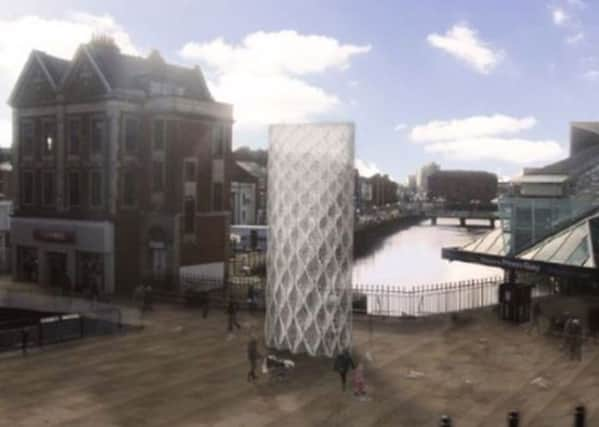Businesses become latest to slate '˜granny's vase' sculpture


But a 10m-high sculpture by award-winning architectural practice Tonkin Liu, which is earmarked to go next to the city’s Beverley Gate, is already being slated as looking more like a cheesegrater or “granny’s vase.”
Hull and Humber Chamber of Commerce have become the latest to criticise the sculpture saying the money would be better spent on a statue of the man who closed the gates on the King - Sir John Hotham.
Advertisement
Hide AdAdvertisement
Hide AdThe Chamber’s Hull Area Council were unanimous in their objections to the sculpture, which is designed to cast shadows and elements of light to highlight moments in the city’s history.
They will now make formal representations to the council and ask officials to reconsider the proposals for this “important and historic part of the city centre.
It comes after Hull Council’s principal conservation officer, Philip Hampel, stated it would “form an over-dominant and out-of-scale structure” that would detract from Beverley Gate, which is now a scheduled monument and would also harm key views.
Culture Secretary John Whittingdale will have to make the final decision on the planning application.
Advertisement
Hide AdAdvertisement
Hide AdSir John Hotham was the 1st Baronet of Scorborough and lived from 1589 to 1645. He was an English Parliamentarian who was governor of Hull in 1642, shortly before the start of the English Civil War. He refused to allow King Charles I or any member of his entourage into Hull where there was a large arsenal of war munitions. Later in the Civil War, he and his son, John Hotham the younger, were found guilty of treachery and executed in London.
Plans for Beverley Gate have run into controversy from the start. The foundations of the city’s walls and gate at the top of Whitefriargate had looked in danger of being filled in, until thousands rode to its rescue in a poll.